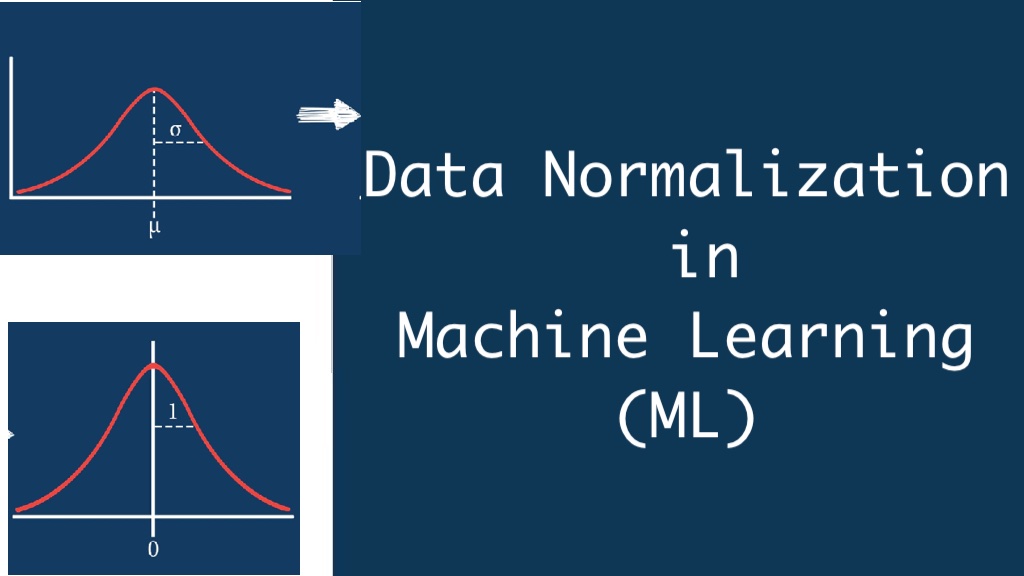Data normalization has emerged as a vital process. It plays a crucial role in ensuring data integrity, consistency, and efficiency within databases. Let’s Explore the intricacies of data normalization, exploring its definition, significance, and practical applications.
What is Data Normalization?
Data normalization is a systematic approach to organizing data within a database. It involves breaking down complex data structures into smaller, more manageable separate tables that adhere to predefined rules and principles. The primary goal of data normalization is to eliminate redundancy, minimize data anomalies, and maintain data integrity.
Why is Data Normalization Important?
- Eliminates Redundancy: By separating data into distinct tables, data normalization prevents the unnecessary duplication of information, reducing storage requirements and improving data management efficiency.
- Maintains Data Integrity: Normalization ensures that data remains consistent and accurate throughout the database, minimizing the risk of inconsistencies or errors caused by redundant or improperly structured data.
- Enhances Data Consistency: With normalized tables, data updates and modifications can be applied consistently across the entire database, ensuring that all related information remains cohesive and up-to-date.
- Improves Query Performance: Well-structured and normalized databases enable more efficient data retrieval and querying, leading to faster response times and better overall performance.
The Normalization Process:
Data normalization follows a series of progressive steps, known as normal forms. These normal forms provide guidelines for structuring data tables to achieve increasing levels of data integrity and efficiency.
- First Normal Form (1NF): Requires the elimination of repeating groups and multi-valued attributes within a table.
- Second Normal Form (2NF): Builds upon 1NF by ensuring that all non-key attributes are fully dependent on the primary key.
- Third Normal Form (3NF): Eliminates transitive dependencies, where non-key attributes are dependent on other non-key attributes.
While these three normal forms are the most widely adopted, there are additional higher-level normal forms (e.g., Boyce-Codd Normal Form, Fourth Normal Form) that address more specific data integrity concerns.
Benefits of Data Normalization:
- Reduced Data Redundancy: Normalized tables minimize the need to store duplicate data, conserving storage space and reducing the risk of inconsistencies.
- Improved Data Integrity: By following normalization rules, data integrity is maintained, ensuring that data remains accurate, consistent, and reliable throughout the database.
- Enhanced Data Management: Normalized databases are easier to maintain, update, and modify, as changes can be applied consistently across related tables.
- Increased Query Efficiency: Well-structured and normalized databases enable more efficient data retrieval and querying, leading to faster response times and better overall performance.
- Simplified Data Analysis: Normalized data structures simplify data analysis tasks, as data is organized in a logical and structured manner, making it easier to extract insights and patterns.
Real-World Applications:
Data normalization finds applications across various domains, including:
- Database Management Systems (DBMS): Normalization is a fundamental concept in relational database design, ensuring data integrity and efficient storage.
- Big Data Analytics: As data volumes continue to grow, normalization techniques help in structuring and organizing large datasets for effective analysis and machine learning applications.
- Data Warehousing: Normalized data structures are essential for building robust and scalable data warehouses, enabling efficient data storage, retrieval, and analysis.
- Business Intelligence (BI): BI systems rely on normalized data to generate accurate reports, dashboards, and visualizations, enabling informed decision-making.
Conclusion:
Data normalization is a powerful technique that ensures data integrity, consistency, and efficiency within databases. By adhering to normalization principles, organizations can effectively manage their data, minimize redundancy, and optimize data storage and retrieval processes. As data continues to play a pivotal role in various industries, mastering the art of data normalization becomes increasingly crucial for successful data management and analysis endeavors.
